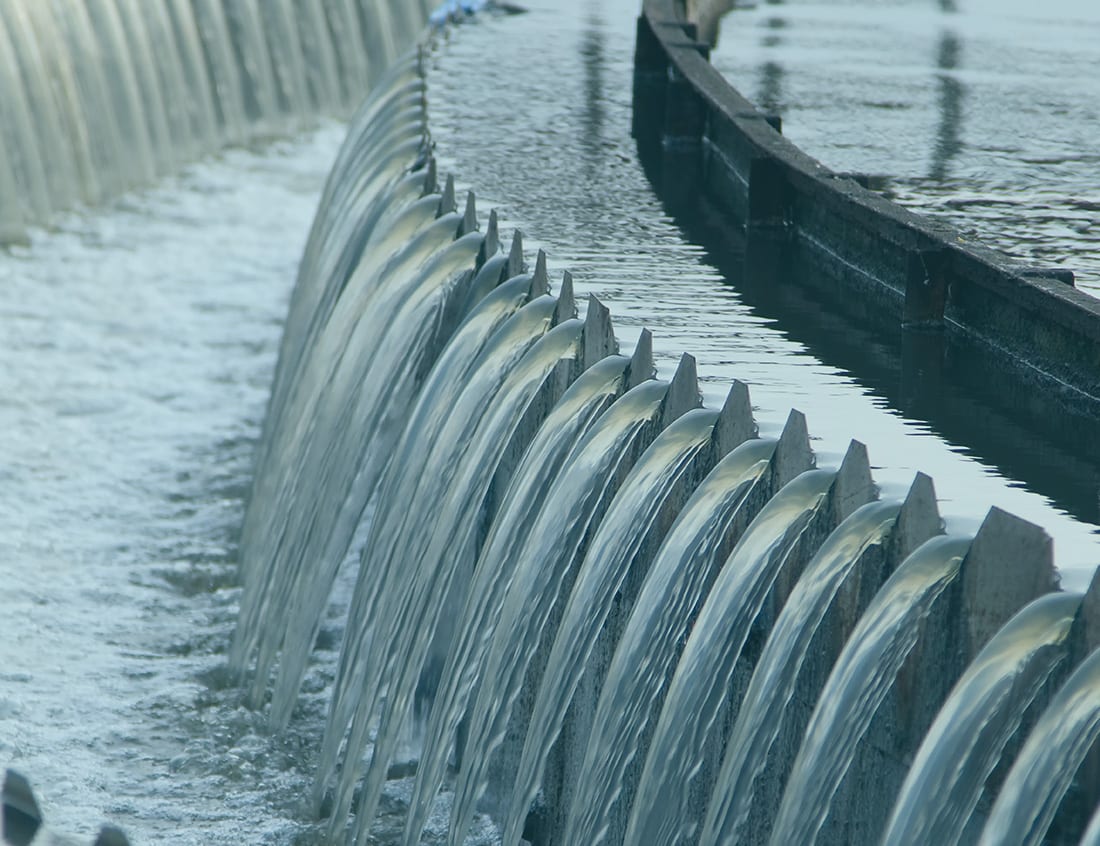
Wastewater odour control protects health, keeps staff safe, and reduces complaints. Plants deal with hydrogen sulphide (H₂S), mercaptans, ammonia, and amines. Left unchecked, these gases damage equipment, lower air quality, and invite fines. The answer is a clear plan that fits the source, the load, and local conditions.
You can control odour in the liquid phase or in the vapour phase. Liquid phase control treats the wastewater so odours never form or are neutralized early. Vapour phase control captures foul air from covered assets and treats it before release. Many sites use both for steady results.
Liquid phase control targets points like force mains, wet wells, headworks, and primary clarifiers.
Common oxidants are hydrogen peroxide, ozone, and chlorine dioxide. Each tackles sulphides and related compounds in different ways. Pick the dose point nearest the source, track redox and H₂S near the feed, and keep lines clean so deposits do not re-seed the problem. Short trials on a jar or pipe loop help set dose and contact time without guesswork.
Vapour phase control focuses on the air leaving tanks, channels, screens, and sludge areas. Air scrubbing passes the airstream through a packed tower sprayed with water or alkaline liquor so H₂S moves into the liquid and is neutralised; this suits sites where H₂S dominates and flows are predictable. Biofiltration pushes air through a media bed colonised by microbes that convert H₂S and ammonia into harmless products; it fits mixed odours and offers low running cost once stable. Activated carbon adsorbs odour molecules in a compact unit; impregnated grades handle tough sulphur species and cope well with short, sharp peaks.
Method selection depends on where the smell begins, what gases dominate, and what outcome you need. If a force main is the source, liquid dosing with hydrogen peroxide or chlorine dioxide near the start point is often effective. If headworks vents carry H₂S, a scrubber or carbon bed on the duct can bring levels down fast. If ammonia is a key driver, a biofilter handles it well. Mixed sources often call for a blend of liquid dosing and vapour treatment to keep levels stable through the day.
Testing keeps the program honest. Handheld H₂S meters, color-change tubes, or simple lab kits flag issues before complaints rise. Log readings with time, location, weather, and operating mode. Tie each change in dosing or airflow to the measured result so the plan improves over time.
ChemREADY supports both liquid and vapour solutions. We design, dose, commission, and service systems for hydrogen sulphide control, biofiltration, activated carbon, and packed-tower scrubbing. Where pH swings add to the issue, pHREADY for Odour Control can support gas reduction while holding a stable chemical window.
If you want a concise plan, share your flows, typical H₂S levels, key sources, and any complaint data.
We will outline options with costs and response times, so you can pick a clear path and get odour back under control.
Nick Piskura is the Marketing and Web Development Specialist at ChemREADY who utilizes expertise in digital marketing strategies to provide knowledgeable insights in each segment of our business. Nick provides insights through web development and multimedia resources that support ChemREADY’s full range of services, including Legionella management, ANSI/AAMI ST108 compliance, boiler and cooling tower treatment, wastewater processing, and industrial water quality solutions.